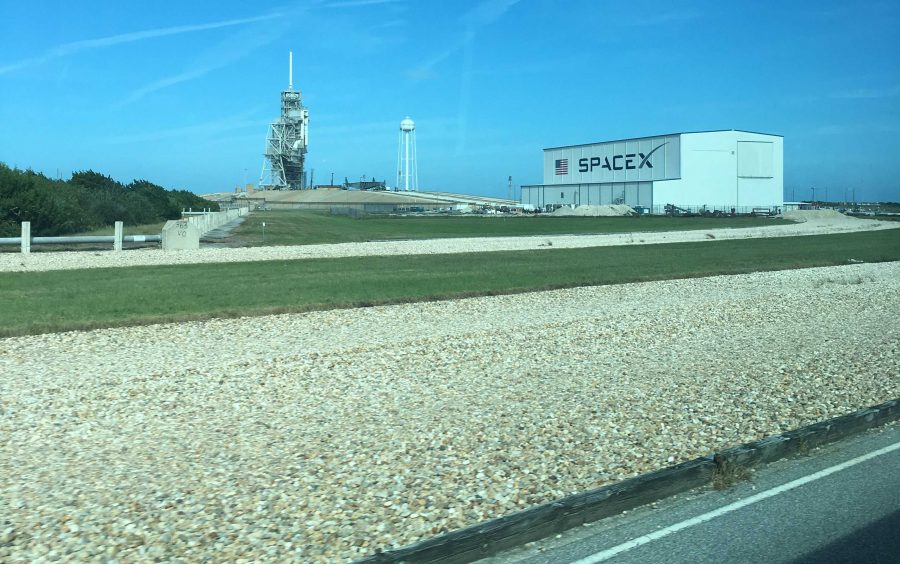SpaceX launches rocket, explodes after landing
Although the recent landing tipped over and exploded, Elon Musk plans to continue experimenting. He hopes to increase efficiency and decrease the cost of space travel. Despite this failure, SpaceX is continuing to make progress.
January 26, 2016
On Sun. Jan. 17, Elon Musk’s SpaceX launched its fourth rocket to land one safely at sea.
Initially, SpaceX revealed that the rocket suffered a hard landing. Later, the company explained that one of the legs failed to latch on the landing platform.
Musk said, “[The] root cause may have been ice buildup due to condensation from heavy fog at liftoff.”
The first mission of the rocket was successfully done in order to carry a satellite into low orbit. The secondary mission is to land the rocket upright on a platform in the air called a drone ship. Musk was not able to complete the second mission.
Musk said, “Falcon lands on drone ship, but the lockout collet doesn’t latch on one [of] the four legs, causing it to tip over post-landing.”
In addition, Musk is planning to make these rockets reusable to save money, resources, and improve efficiency. Currently, SpaceX rockets cost about $60 million to $90 million, so the ability to reuse the rocket would reduce the cost of space travel exponentially.
In December 2015, SpaceX successfully landed one of its Falcon 9 rockets on land from Florida’s Cape Canaveral Air Force Station.
SpaceX launched Sunday’s rocket from the Vandenberg Air Force Base in California for NASA. The satellite (Jason-3) will determine the ocean levels on the Earth’s surface.
NASA said, “Jason-3 data will be used for monitoring global sea level rise, researching human impacts on oceans, aiding prediction of hurricane intensity, and operational marine navigation.”







